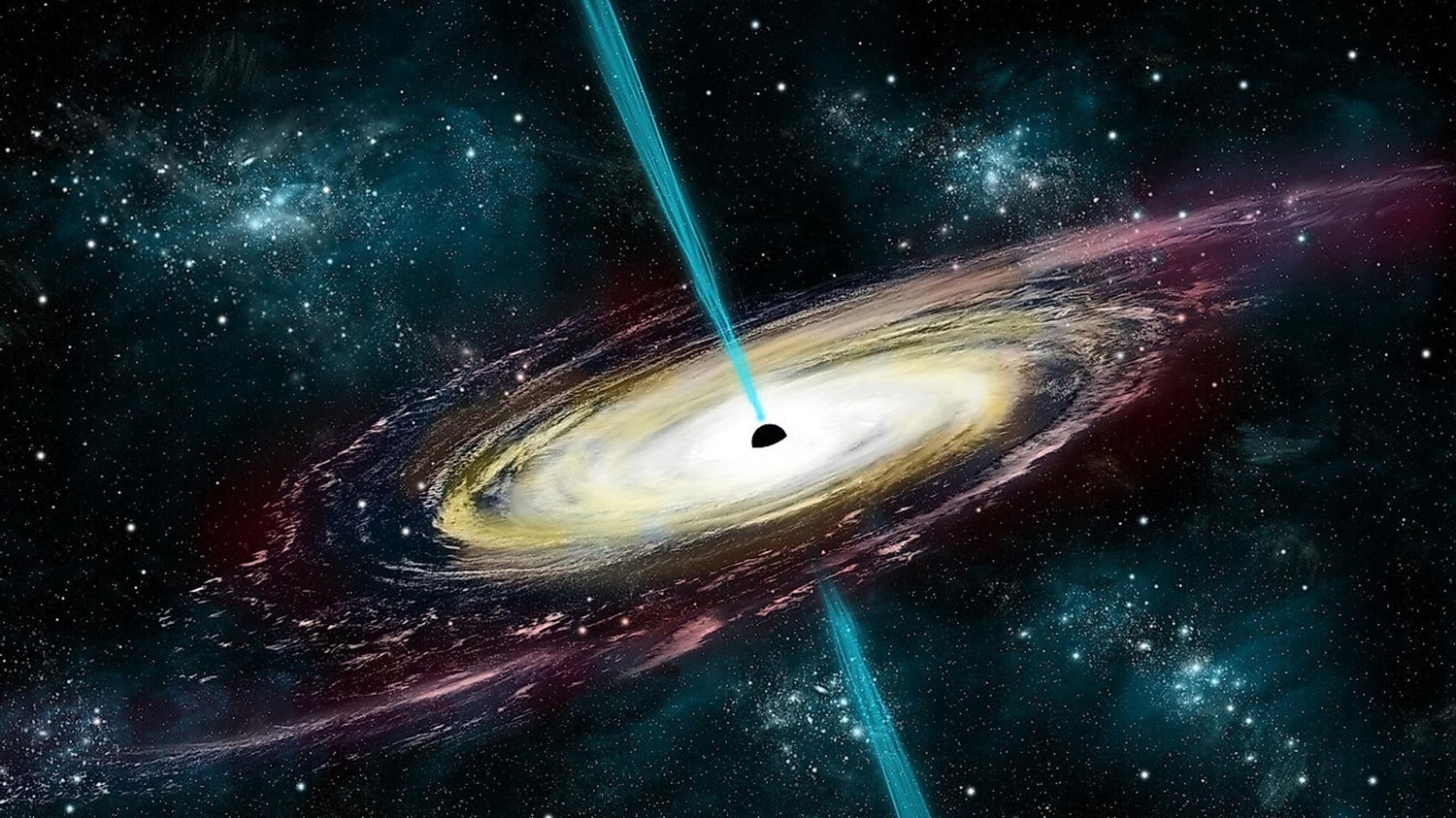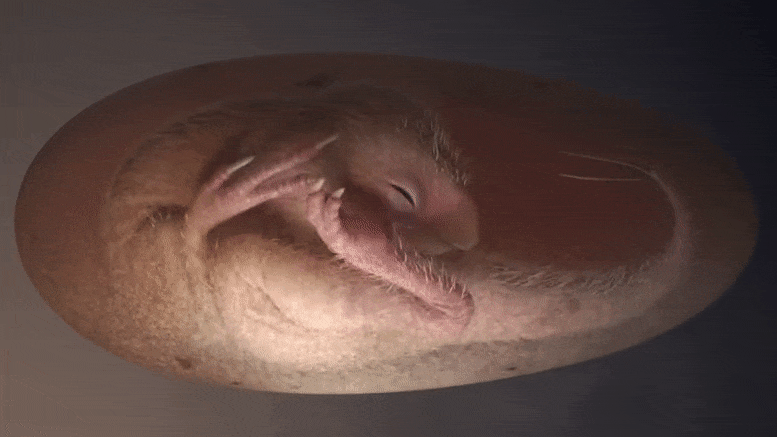This week’s science news has revealed an enormous “superstructure” bigger than Idaho growing on the seafloor, an ancient bullet inscribed with the name of Julius Caesar, and an extinct “hypercarnivorous” grizzly bear that was actually mostly vegetarian.
‘Superstructure’ growing on the Pacific seafloor since the dinosaur age
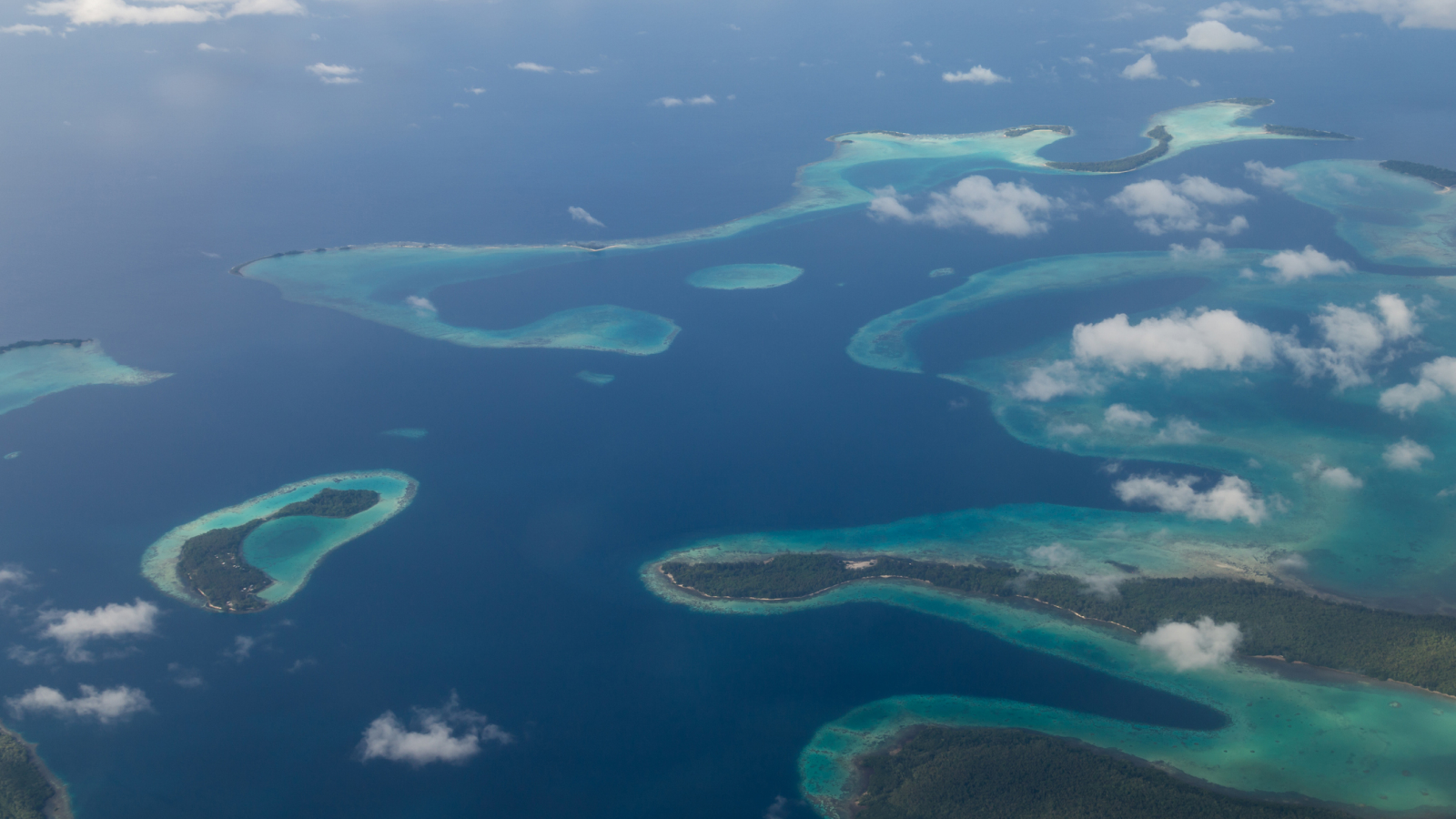
An undersea plateau in the Pacific Ocean that is bigger than Idaho first started forming with volcanic eruptions during the Cretaceous period (145 million to 66 million years ago), and it is still growing today.
In fact, the Melanesian Border Plateau, located east of the Solomon Islands, formed through four separate pulses of volcanism, all with different root causes, according to new research. There are many hotspots in the South Pacific, so it’s likely that other seamounts have been built over time in similarly complicated ways.
Earth news this week: 23 million-year-old petrified mangrove forest discovered hiding in plain sight in Panama
Peregrine mission’s human remains won’t reach the moon
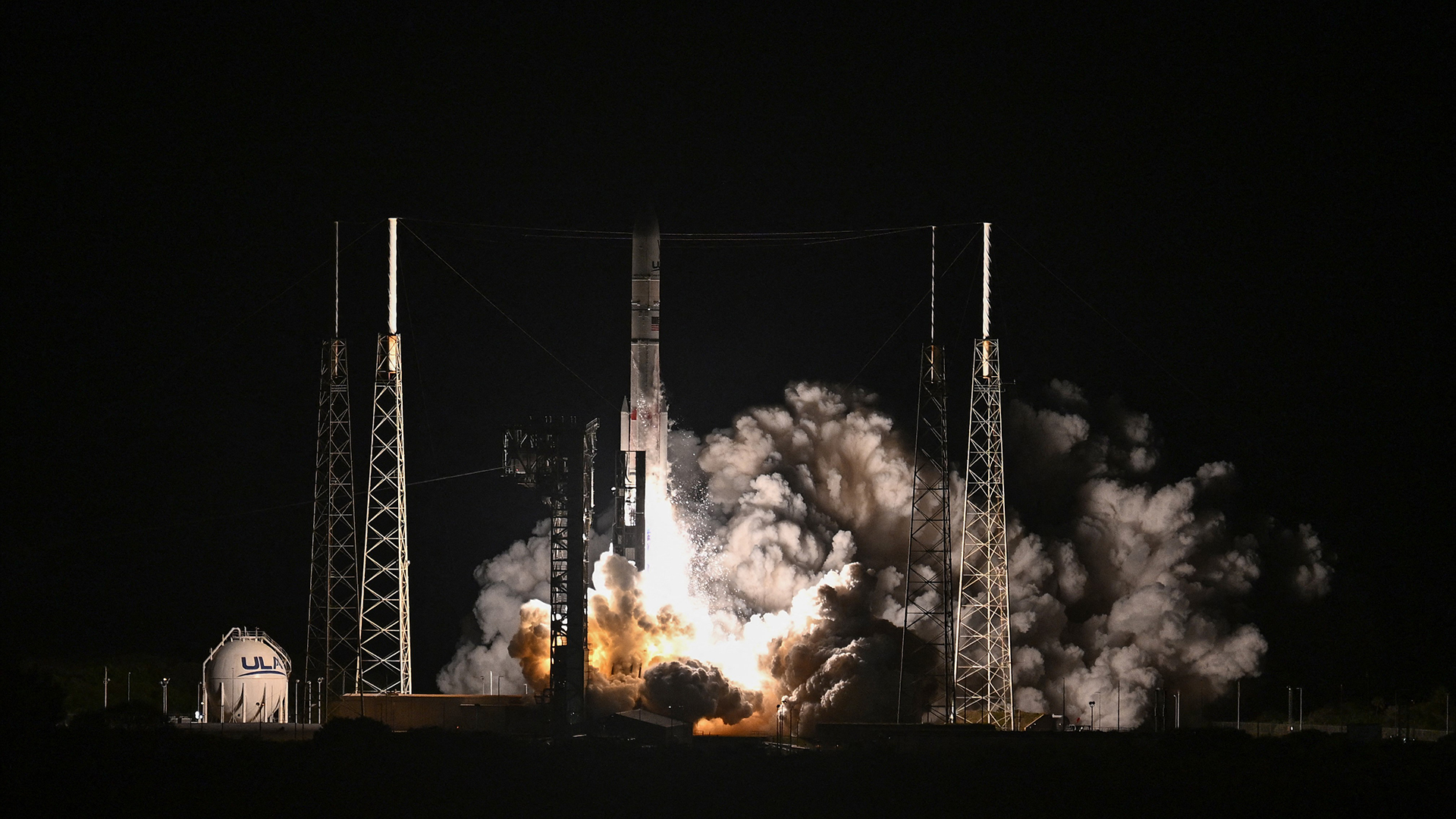
Private American company Astrobotic Technology launched the Peregrine spacecraft this week, with the aim of becoming the first private craft to perform a controlled landing on the moon. The spacecraft was laden with instruments to measure the conditions on the lunar surface but, controversially, also contained human remains.
Six hours into Peregrine’s maiden flight, engineers reported a technical “anomaly,” later discovered to be a propellant leak, leaving the mission with “no chance” of a soft landing on the lunar surface.
Also in space news this week: NASA’s Parker Solar Probe gearing up for record-breaking encounter with the sun
2,000-year-old bullet found with Julius Caesar’s name on it
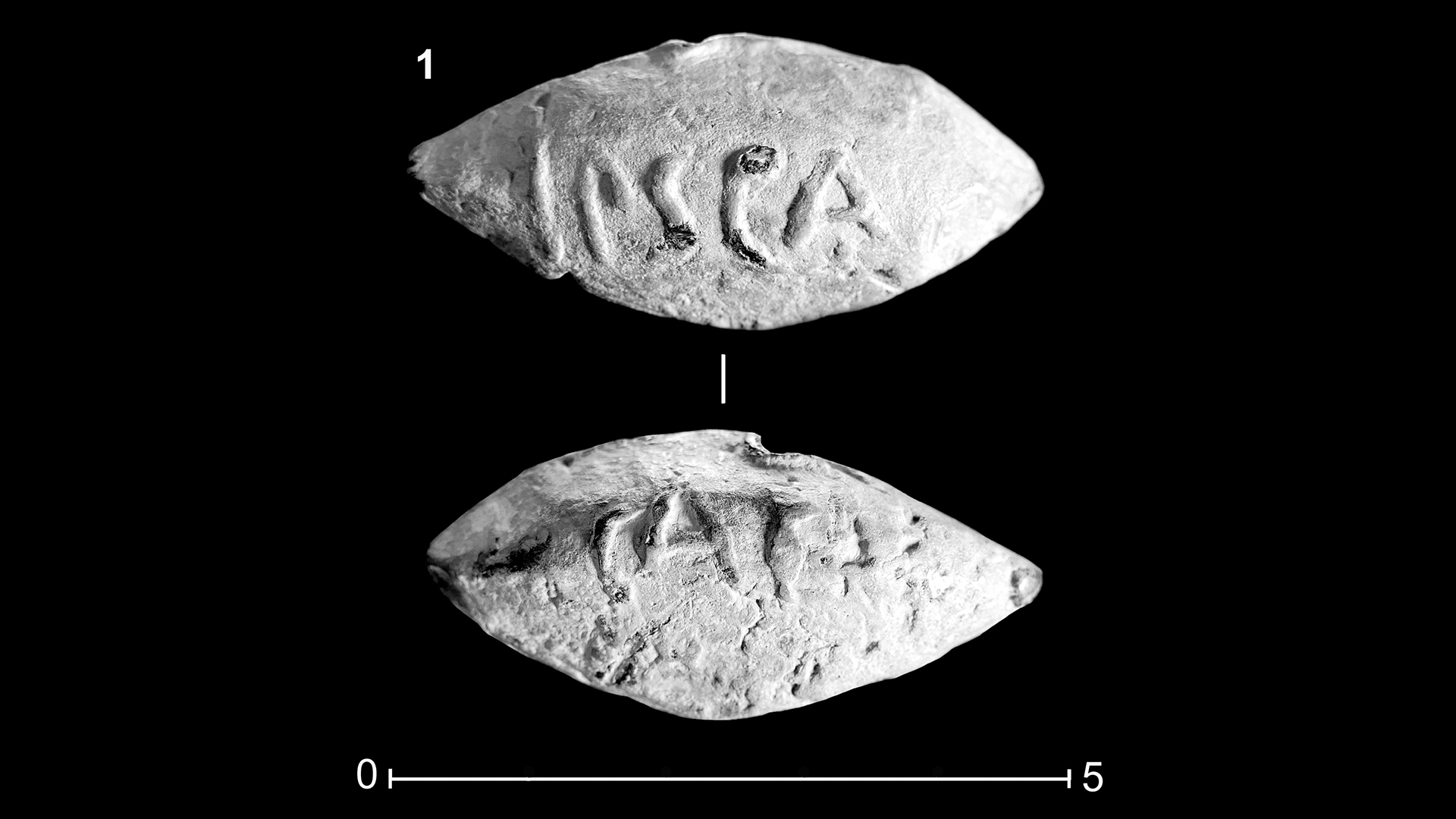
The discovery of an almond-shaped lead bullet inscribed with the name of Julius Caesar — likely fired from a slingshot — hints that Indigenous people in Spain supported the cause of the would-be dictator during his ultimately successful civil war more than 2,000 years ago.
The artifact is known to specialists as a “glans inscripta” — an inscribed bullet. Measuring 1.8 by 0.8 inches (4.5 by 2 centimeters) and weighing 2.5 ounces (71 grams), the projectile was made using a mold into which molten lead was poured.
In archaeology news: Lasers reveal ancient settlements hidden deep in the Amazon rainforest
Extinct ‘hypercarnivorous’ grizzly bears were mostly vegetarian
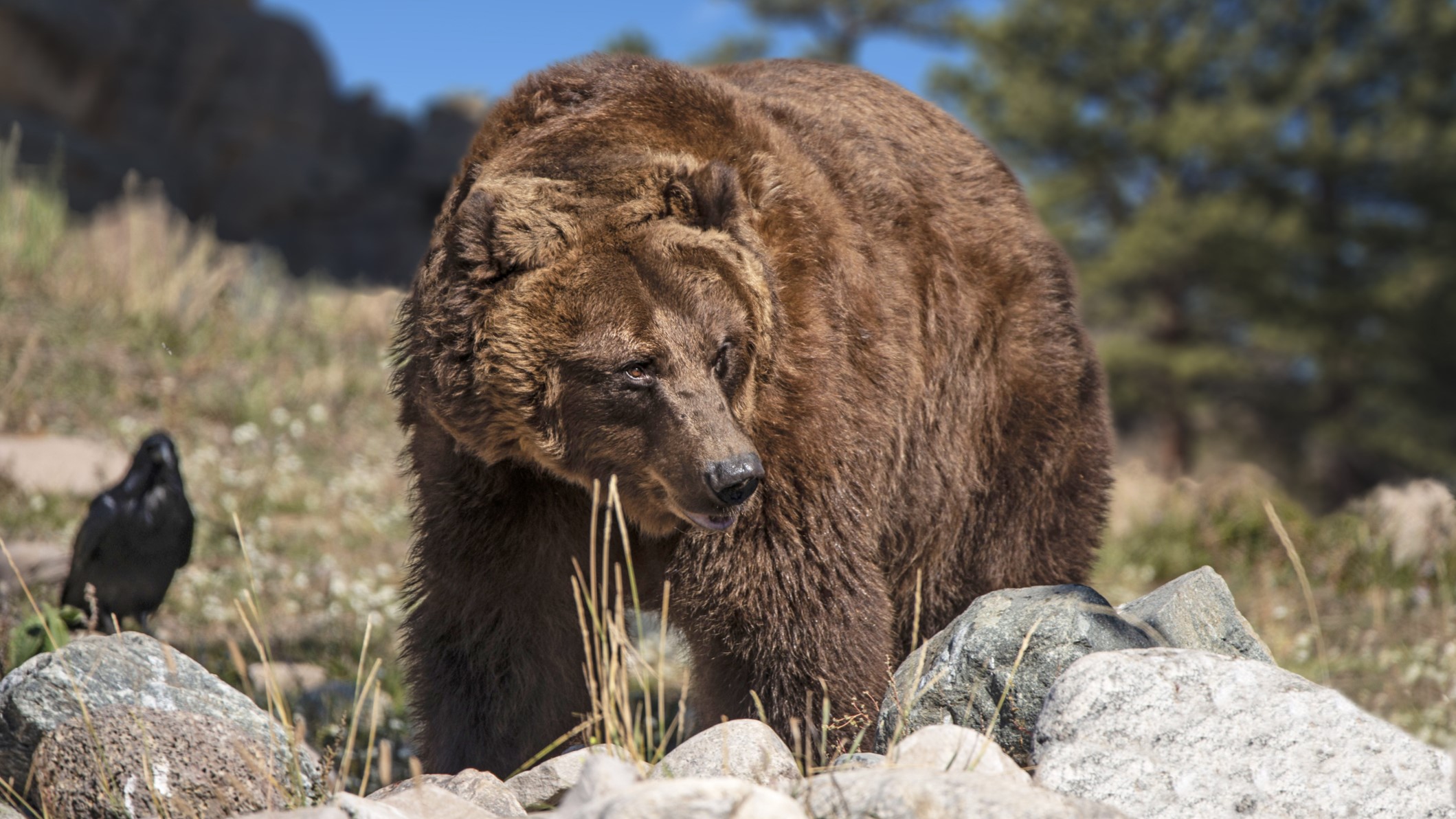
Extinct California grizzly bears weren’t the giant, blood-thirsty “hypercarnivores” humans made them out to be, new research has found.
It turns out that the once-abundant grizzly bears were mostly vegetarian and only occasionally indulged in livestock after European colonizers and American settlers began farming in California. Contrary to popular belief at the time, these grizzlies also didn’t grow to monstrous proportions and rarely, if ever, tipped the scales at the oft-cited number of 2,000 pounds (900 kilograms).
Related news this week: 1st polar bear death from bird flu spells trouble for species
‘Minibrains’ grown from fetal brain tissue
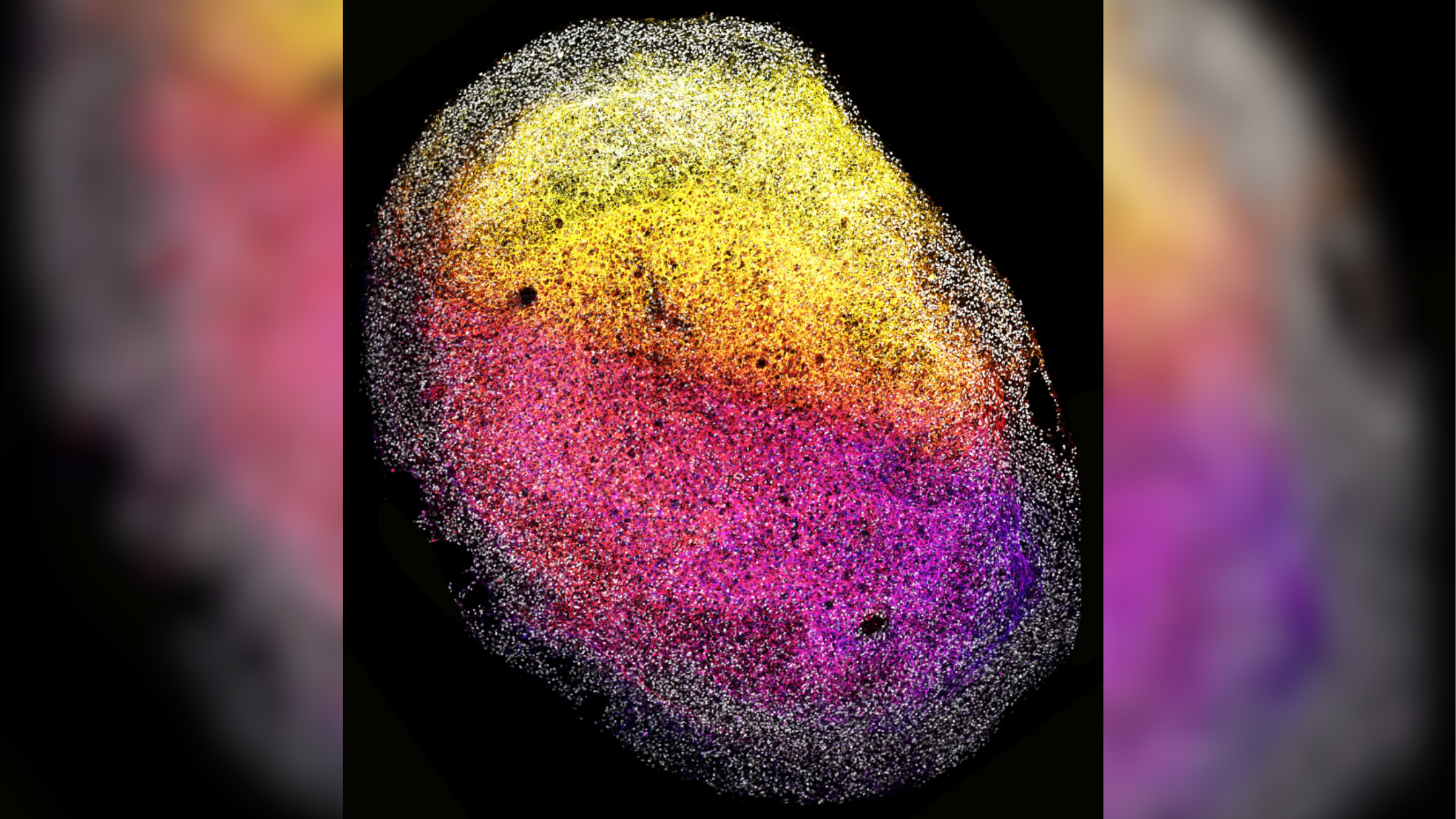
For the first time, scientists have grown cerebral organoids — 3D, lab-grown “minibrains” — from human fetal brain tissue.
The new organoids grew to the size of a grain of rice and contained many types of cells that self-organized into complex 3D structures. The researchers also triggered the growth of brain tumors within the minibrains and tested the tumors’ response to existing cancer drugs.
Follow Live Science on social media
Want more science news? Follow our Live Science WhatsApp Channel for the latest discoveries as they happen. It’s the best way to get our expert reporting on the go, but if you don’t use WhatsApp we’re also on Facebook, X (formerly Twitter), Flipboard, Instagram, TikTok and LinkedIn.
Picture of the week

Countless sardines — likely numbering in the millions — recently beached themselves on an island in the Philippines, turning coastlines silver as tiny dead fish covered the shore. Local experts say a phenomenon known as “upwelling” was likely to blame for the unusual mass stranding.
The disoriented fish began to swim ashore early Sunday (Jan. 7) on the coastline surrounding the municipality of Maasim, on the southern tip of Mindanao island. Photos and videos captured by residents throughout the night show vast swarms of glittering sardines strewn across the beach and thrashing in the surf as they were swept onto the shore.
Sunday reading
- Which planet is closest to Earth? (The answer may surprise you.)
- Space photo of the week: Hubble spies a dwarf galaxy
- Absolute zero is the lowest theoretical temperature. Could we ever reach it?
- There were some good looking laptops for students and coders coming from CES 2024.
- Last year, artificial intelligence entered our lives. Is 2024 the year it’ll change them?
- Poop smells bad. Now you know why. You’re welcome.
- Meet the meat-eating American burying beetle, which buries bodies for its babies to feast on.
Live Science long read
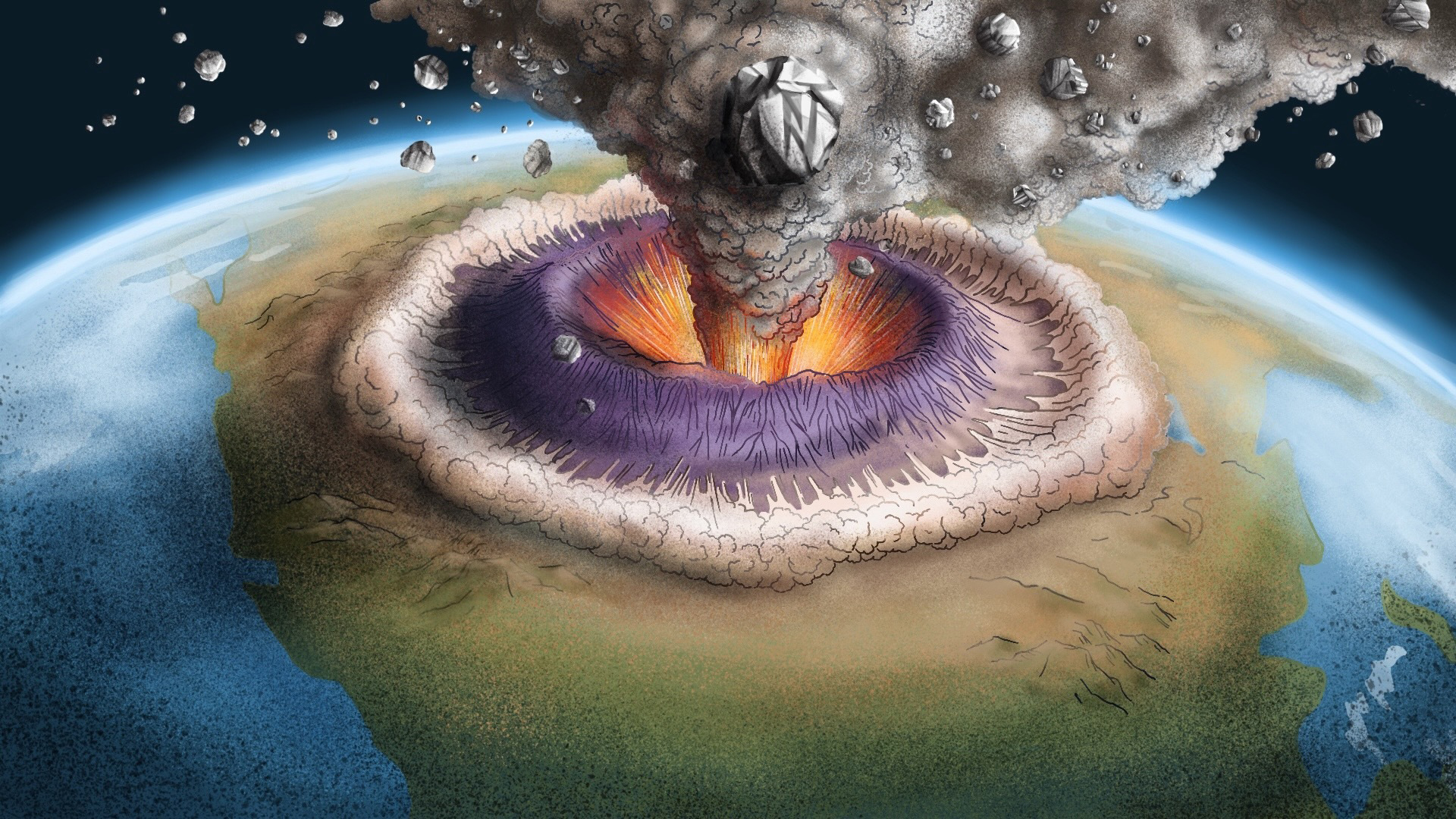
In the twilight of the Cretaceous, 86 million years ago, a volcanic fissure in what is now South Africa rumbled to life. Below the surface, magma from hundreds of miles down shot upward as fast as a car on the autobahn — if that car were barreling through solid rock — chewing up rocks and minerals and carrying them toward the surface in a reverse avalanche.
What this looked like on the surface is lost to history, but it may have been as dramatic as the eruption of Mount Vesuvius. What it left behind was a series of carrot-shaped, igneous-rock-filled tubes under low, weathered white hills — and diamonds.
Formations like this are sprinkled across the globe, from Ukraine to Siberia to Western Australia, but they’re relatively small and rare. Only now are we starting to discover that there is more to these “kimberlites” than precious stones — there is a tantalizing link between diamond-spewing eruptions and the destruction of supercontinents.
Note: This article have been indexed to our site. We do not claim legitimacy, ownership or copyright of any of the content above. To see the article at original source Click Here








